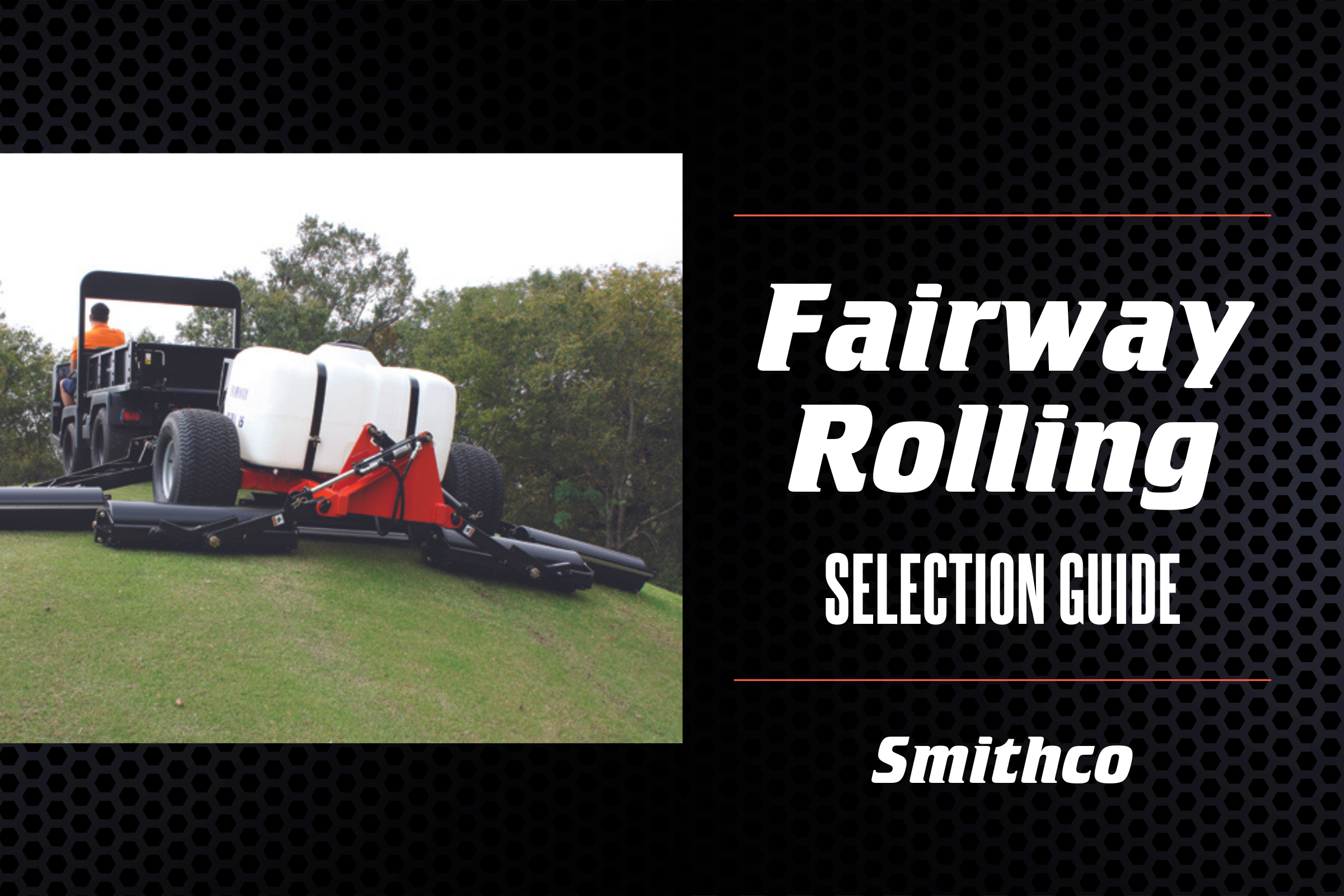Fairway Roller Selection Guide: Matching the Right Roller to Your Course
Rolling a golf course is crucial to keep healthy and playable for golfers. Choosing the right roller for your course is an important decision that can greatly impact the condition of your turf. Learn how to select the appropriate fairway roller for your golf course in this guide and keep your course looking and playing its best.
Selecting the Right Rolling Size
Choosing the right rolling size is crucial as it can affect the efficiency and effectiveness of your maintenance tasks. A roller’s size pertains to the width it can roll in a single pass. Golf courses with a broader area would benefit from a wider rolling size, while those with narrower fairways may benefit from a smaller rolling size.
Smithco offers a 15 ft (4.6 m) option in the Fairway Roller Ultra 15. If you want a smaller rolling size, you can consider the Fairway Roller Ultra 10, featuring a 10 ft (3 m) swath.
Selecting the Appropriate Rolling Weight
The weight of your fairway rollers is another essential factor to consider when selecting the right roller for your golf course. The ideal rolling weight depends on the condition of your turf, climate, and type of grass on your course.
A heavier roller may be more suitable for courses with well-established and healthy turf as it can provide better results. On the other hand, lighter rollers are more suited for newly seeded or renovated courses as they can prevent damage to fragile grass.
The Frequency of Your Rolling
Several golf course maintenance experts encourage superintendents and grounds directors to maintain their fairways with daily lightweight rolling. However, not all courses require the same frequency of rolling. Factors such as geography, climate, grass type, and foot traffic all significantly determine the ideal rolling frequency.
A lightweight roller like the Fairway Roller Ultra 10 is ideal for daily rolling. Lightweight rollers can also be used multiple times throughout the week without harming your turf. If daily light rolling doesn’t apply to your course, you might want to invest in a heavier roller that can provide deep compaction on a less frequent basis.
The Roller’s Runout and Bearing
The bearing in the center of the roller’s axles ensures smooth and consistent rotation while rolling. On the other hand, runout refers to the perpendicular distance between the axle’s centerline and the surface of the drum.
When selecting fairway rollers, you should pay close attention to these two components, as they could affect the consistency of your rolling pattern and the overall performance of your roller. Choosing a roller with high-quality bearings and minimal runout can ensure an even and effective rolling process for your golf course.
Maintain Your Golf Course With the Right Roller
Selecting the right roller for your fairway needs careful consideration of multiple factors, including rolling size, weight, and rolling frequency. Use this guide to help you determine which roller would work best for your golf course and ensure efficient and effective maintenance.
Sources:
https://www.smithco.com/product/fairway-roller-ultra-15
https://www.smithco.com/product/fairway-roller-ultra-10
https://www.doityourself.com/stry/the-best-lawn-rollers
https://www.golfcourseindustry.com/article/roll-with-it–equipment-management-/
https://www.turftimeeq.com/blog/rollers/rolling-your-turf-how-to-choose-the-proper-roller
https://www.wwsod.com/selecting-the-right-greens-roller-for-your-putting-greens/
https://gcmonline.com/course/environment/news/rolling-golf-greens
